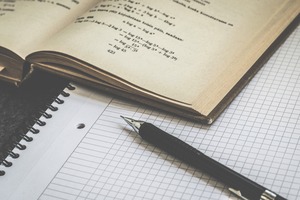MyWorldGo
Plagiarism-Proofing Your Essays: Strategies for Original and Scholarly Writing
Blog Information
- Posted By : Helen Williams
- Posted On : Nov 12, 2023
- Views : 75
- Category : Education
- Description : Plagiarism can be a serious offense in the academic world, and it can lead to disciplinary action. It is important to understand what plagiarism is and how to avoid it. This article discusses some of the key strategies for plagiarism prevention, including understanding plagiarism, developing a strong foundation through thorough research and note-taking, paraphrasing with precision, using citations properly, and proofreading carefully. By following these strategies, students can confidently produce original and scholarly work.
- Location : Australia
